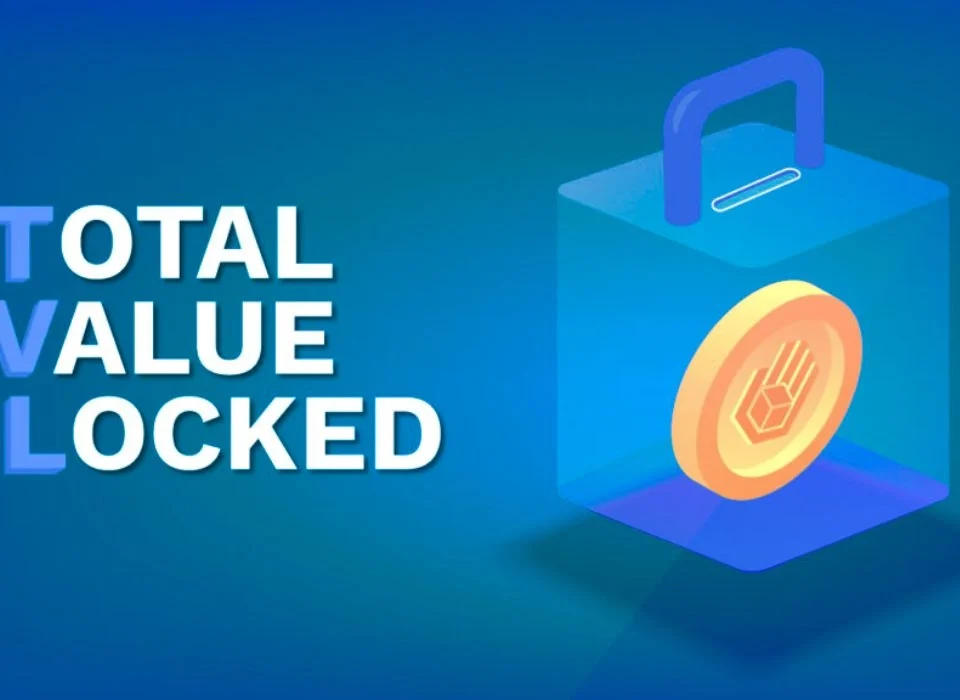
Vitalik Buterin Endorses TiTok AI for On-Chain Image Storage with Ethereum
15/06/2024
What Are Altcoins and How Do They Differ from Bitcoin?
15/07/2024How to Participate in an Initial Coin Offering (ICO): A Comprehensive Guide
Introduction
Initial Coin Offerings (ICOs) have revolutionized the way startups and projects raise funds in the cryptocurrency and blockchain space. An ICO allows a company to raise capital by issuing tokens on the blockchain, which investors can purchase with cryptocurrencies like Bitcoin (BTC) or Ethereum (ETH). These tokens can represent various things, from a stake in the project to access to a service or product. Participating in an ICO can be a profitable venture, but it requires careful research and understanding of the process. This guide aims to provide a detailed, step-by-step explanation of how to participate in an ICO, ensuring you are well-prepared to make informed investment decisions.

Understanding ICOs
What is an ICO?
An ICO is a fundraising mechanism where new projects sell their underlying crypto tokens in exchange for Bitcoin, Ethereum, or other cryptocurrencies. It’s similar to an Initial Public Offering (IPO) in the stock market, but instead of buying shares, investors purchase tokens.
Types of ICOs
- Public ICOs: Open to anyone, allowing any individual to participate.
- Private ICOs: Limited to a select group of investors, often institutional investors or high-net-worth individuals.
Benefits of Participating in ICOs
- Early Access: Get early access to potentially high-growth projects.
- Discounted Tokens: Purchase tokens at a lower price before they hit the public market.
- High ROI Potential: Some ICOs have provided substantial returns to early investors.
Steps to Participate in an ICO
1. Conduct Thorough Research
Before investing in any ICO, it’s crucial to conduct thorough research. Here’s what you should look for:
Whitepaper
The whitepaper is a document that provides detailed information about the project, including its goals, technology, use cases, and the team behind it. Key elements to focus on include:
- Project Vision and Goals: What problem is the project solving?
- Tokenomics: How will the tokens be distributed? What is the total supply?
- Roadmap: What are the project milestones?
- Team: Who are the team members and advisors? Do they have a strong track record?
Project Team
Investigate the backgrounds of the team members and advisors. Look for:
- Experience: Do they have relevant experience in blockchain, technology, or the industry the project targets?
- Reputation: Are they reputable figures in the crypto community?
Market Potential
Assess the market potential of the project:
- Market Size: Is there a significant market for the project?
- Competition: Who are the competitors, and what differentiates this project from them?
Community and Social Media Presence
A strong and active community can be a good indicator of a project’s potential success. Check:
- Social Media Channels: Are they active on Twitter, Telegram, Discord, etc.?
- Community Engagement: Is the community engaged and supportive?
2. Create a Cryptocurrency Wallet
To participate in an ICO, you’ll need a cryptocurrency wallet that supports the tokens you intend to purchase. Here are the steps:
Choose a Wallet
Select a wallet that is compatible with the tokens being offered in the ICO. Popular options include:
- Hardware Wallets: Ledger Nano S, Trezor
- Software Wallets: MetaMask, MyEtherWallet
Set Up the Wallet
Follow the instructions provided by the wallet provider to set up your wallet. Ensure you:
- Secure Your Wallet: Store your private keys securely.
- Backup Your Wallet: Keep a backup of your wallet’s recovery phrase.
3. Buy Cryptocurrency
Most ICOs accept Bitcoin (BTC) or Ethereum (ETH) as payment. You can buy these cryptocurrencies on major exchanges such as:
- Coinbase
- Binance
- Kraken
4. Register for the ICO
Once you have your wallet set up and funded with cryptocurrency, follow these steps to register for the ICO:
Visit the Official ICO Website
Ensure you are on the official website to avoid scams. Look for:
- Secure URL: The URL should start with “https://”.
- Official Announcements: Verify the website through official project announcements on social media or forums.
Complete KYC/AML Requirements
Many ICOs require participants to complete Know Your Customer (KYC) and Anti-Money Laundering (AML) procedures. This usually involves:
- Identity Verification: Provide a government-issued ID and proof of address.
- Personal Information: Fill out personal details as required.
5. Participate in the ICO
After registering and completing any required verification, you can participate in the ICO:
Follow Contribution Instructions
The ICO website will provide detailed instructions on how to contribute. This typically involves:
- Sending Cryptocurrency: Send BTC or ETH to the specified wallet address.
- Transaction Confirmation: Confirm the transaction and wait for it to be processed.
Receive Tokens
Once your contribution is confirmed, the ICO will send the purchased tokens to your wallet. Ensure you:
- Verify Token Receipt: Check your wallet to confirm receipt of the tokens.
- Keep Records: Maintain records of your transaction and any correspondence with the ICO team.
6. Post-ICO: Managing Your Tokens
After the ICO, you will need to manage your tokens effectively:
Monitor Project Progress
Keep an eye on the project’s development and milestones by:
- Following Updates: Subscribe to the project’s newsletter or social media channels.
- Participating in the Community: Engage with other investors and the project team.
Token Storage
Store your tokens securely:
- Use a Hardware Wallet: For long-term storage, consider transferring your tokens to a hardware wallet.
- Backup Your Wallet: Ensure you have a secure backup of your wallet.
Trading or Holding
Decide whether to hold your tokens for potential long-term gains or trade them on exchanges:
- Exchanges: List of exchanges where the token is traded.
- Trading Strategy: Develop a strategy based on your investment goals and market conditions.
Risks and Considerations
Regulatory Risks
ICOs operate in a relatively new and evolving regulatory environment. Be aware of:
- Legal Status: The legal status of ICOs in your jurisdiction.
- Regulatory Changes: Potential changes in regulations that could impact your investment.
Market Risks
The cryptocurrency market is highly volatile. Consider:
- Price Volatility: Significant price fluctuations can occur.
- Market Sentiment: Market sentiment can impact the value of your tokens.
Security Risks
Protect yourself from potential security risks:
- Phishing Scams: Beware of phishing scams and only use official websites and communication channels.
- Secure Storage: Use secure wallets and protect your private keys.
Conclusion
Participating in an ICO can be a rewarding venture if done correctly. By conducting thorough research, securing your investments, and staying informed about the project’s progress, you can maximize your chances of success. Remember, while the potential for high returns exists, so do the risks. Approach ICO investments with caution and a clear understanding of the risks involved.



